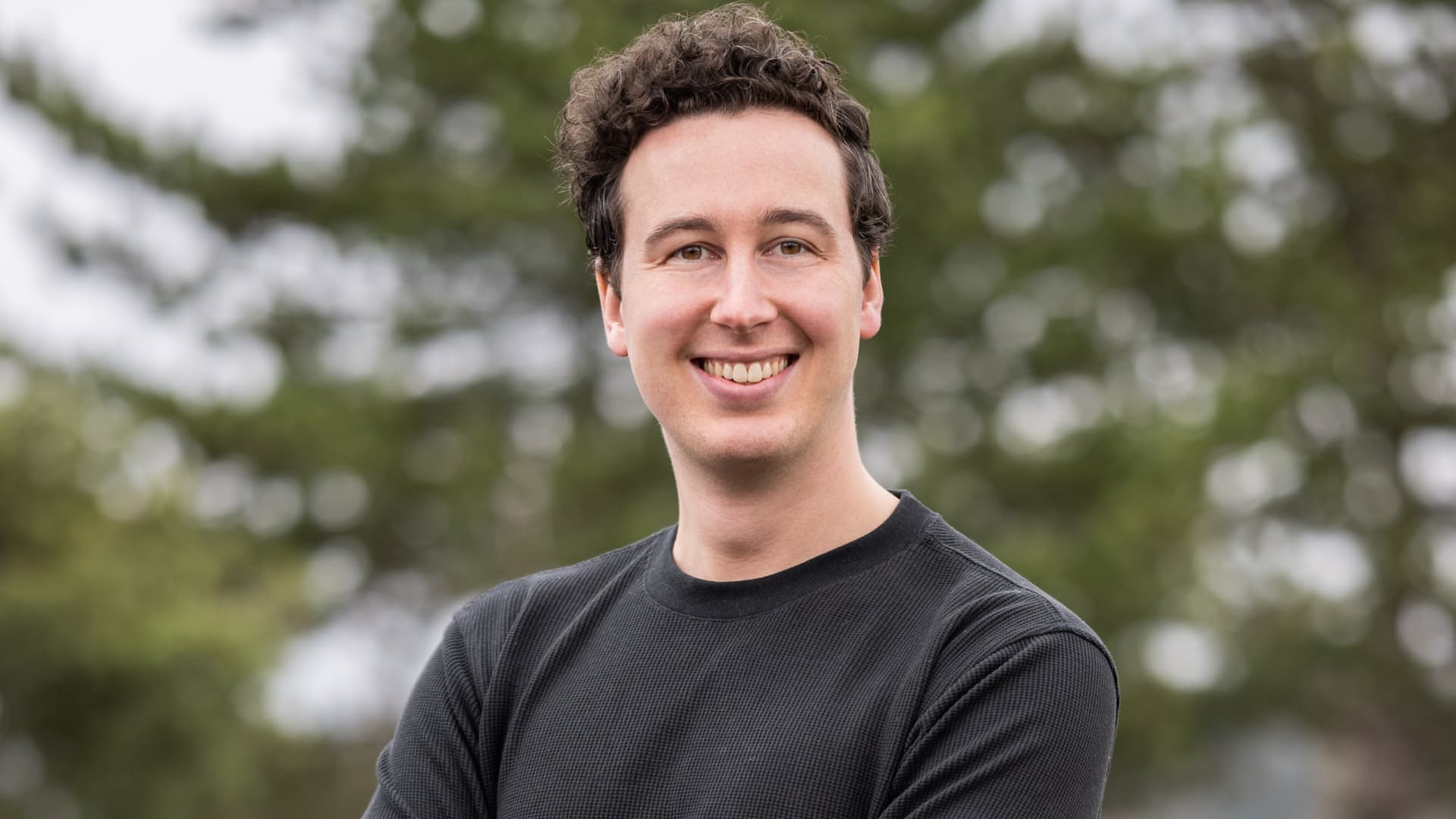Carter Osborne just wanted to make some extra cash. He never dreamed his side hustle, advising high school seniors on their college application essays, would give him a six-figure income.
Osborne picked up the side hustle in 2017, while getting his master’s degree in public administration at the University of Washington, a five-minute drive east of his current Seattle home. Coming from a family of educators, he’d actually enjoyed his own college application process.
He’d also met with a consultant before applying to Stanford University, where he got his undergraduate degree in political science. So, to launch his side hustle, he went back to that consultant for advice. She agreed to mentor him, and referred three clients his way, he says.
Since then, the business has “snowballed,” Osborne, 28, says. In 2021, he helped 40 students with their college admission essays. He made $113,550 from the side hustle that year, according to documents reviewed by CNBC Make It.
Last year, he scaled down to prevent burnout, working with 33 clients over Zoom and making $77,120. His side hustle earnings have slightly eclipsed his full-time salary as a public relations account director over the past two years.
Here’s how Osborne grew his side hustle, what his work entails and how he balances it with his full-time job.
Growing a clientele and business model
Osborne spent roughly $50 to launch his side hustle, he says. His only expenses are QuickBooks, Squarespace and Zoom subscriptions — no marketing, since all his clients have been referrals, he notes.
But the job is demanding. From October through December, when most schools set application deadlines, Osborne works 70 hours per week between his two roles. “I often say to my friends, ‘Hey, I will see you in January,'” he says.
Carter Osborne started taking on more clients in 2020, when he met with students virtually instead of in person.
Carter Osborne
Osborne’s clients range widely in backgrounds, ambitions, financial status and writing skill. As a result, his workload and income are unpredictable. He works with students for anywhere from one to 25 hours each, and typically charges $180 per hour — but offers discounts for “families who genuinely need financial support,” he says.
The side hustle is time-consuming because most schools ask for multiple essays: a personal statement, several supplemental prompts and a sometimes-optional “Covid essay,” asking students to describe the pandemic’s impact on their high school experiences.
Applying to 10 schools — an ambitious but not uncommon number — means writing upwards of 25 essays, Osborne says.
Walking an ‘ethical line’
Writing an admissions essay can be existentially draining. You need to find a topic so meaningful, and express your thoughts on it so eloquently, that it can win over admissions counselors who are deciding your future.
Osborne worked as a peer mental health counselor at Stanford University, and says he’s equipped to help students navigate that stress. In his first meeting with clients, he tries to make the vastness of the prompt less daunting.
He asks questions — even as simple as “What do you like to do?” — and acts as a “sounding board” to help the student brainstorm ideas. He takes notes and audio recordings, so he and clients can reference them later.
In doing so, Osborne walks what he calls “the ethical line”: He won’t write anything for a student, and sometimes confronts parents about their heavy-handed suggestions. The concept of each essay is more important than its construction, he adds.
Once, he worked with a student who spent every Sunday watching National Football League games, crunching statistics and posting findings on a fantasy football Instagram account. At first, the teen was hesitant to include the hobby in his college application, Osborne says.
Osborne helped the student unpack why he liked fantasy football, and how it could potentially translate into future studies.
“The essay ended up being like, ‘Look at the skills I’ve built through this,'” Osborne says. “Creative writing, statistical analysis, graphic design, social media, marketing skills. All these valuable things stemmed from one thing they loved.”
That student got into his first-choice school, says Osborne.
Combating work-life imbalance
Osborne has to be emotionally available for his clients during one of the most stressful periods of their lives, even sometimes taking phone calls at 11:30 p.m. It’s one one of the most fulfilling parts of the job, he says — but the long hours and emotional investment are a recipe for burnout.
Last year, Osborne scaled down his side hustle to accommodate for “scaling up in life,” he says. He recently got a promotion at his full-time job, and used his side hustle earnings to buy a house with his girlfriend.
He adjusted his schedule to keep up with it all, taking on fewer clients to avoid working on weekends. Working five days per week instead of seven has improved his focus, memory and mood at both jobs, he says. And he can be emotionally present for students without sacrificing his own wellbeing.
“I think a lot of people that have side hustles embrace the struggle,” Osborne says, adding: “I don’t want to glorify that. It’s just that sometimes, you got to do it … If I’m up until midnight on a call with a student and the outcome is it helps them, that makes it worthwhile.”
DON’T MISS: Want to be smarter and more successful with your money, work & life? Sign up for our new newsletter!
Want to earn more and land your dream job? Join the free CNBC Make It: Your Money virtual event on Oct. 17 at 1 p.m. ET to learn how to level up your interview and negotiating skills, build your ideal career, boost your income and grow your wealth. Register for free today.


